There is no denying that Spreadsheets are super helpful in organizing important data. But sometimes, most people find it hard to insert PDF into Excel. This can be super frustrating, as it delays productive work.
If you are here, it means you are also looking to know how to do this.
Don't worry; there are many simple methods you can use to solve this issue, and that's what we are discussing in this article. Continue reading!
Way 1: Insert PDF into Excel Via Hyperlinks or QR Code
The easiest way to insert PDF into Excel is via Hyperlinks or QR codes. For this, the best tool you can use is UPDF. Why?
Well, it is very user-friendly and is specially made for someone who is new to using PDF and Excel. You can easily embed PDF to Excel like a professional.
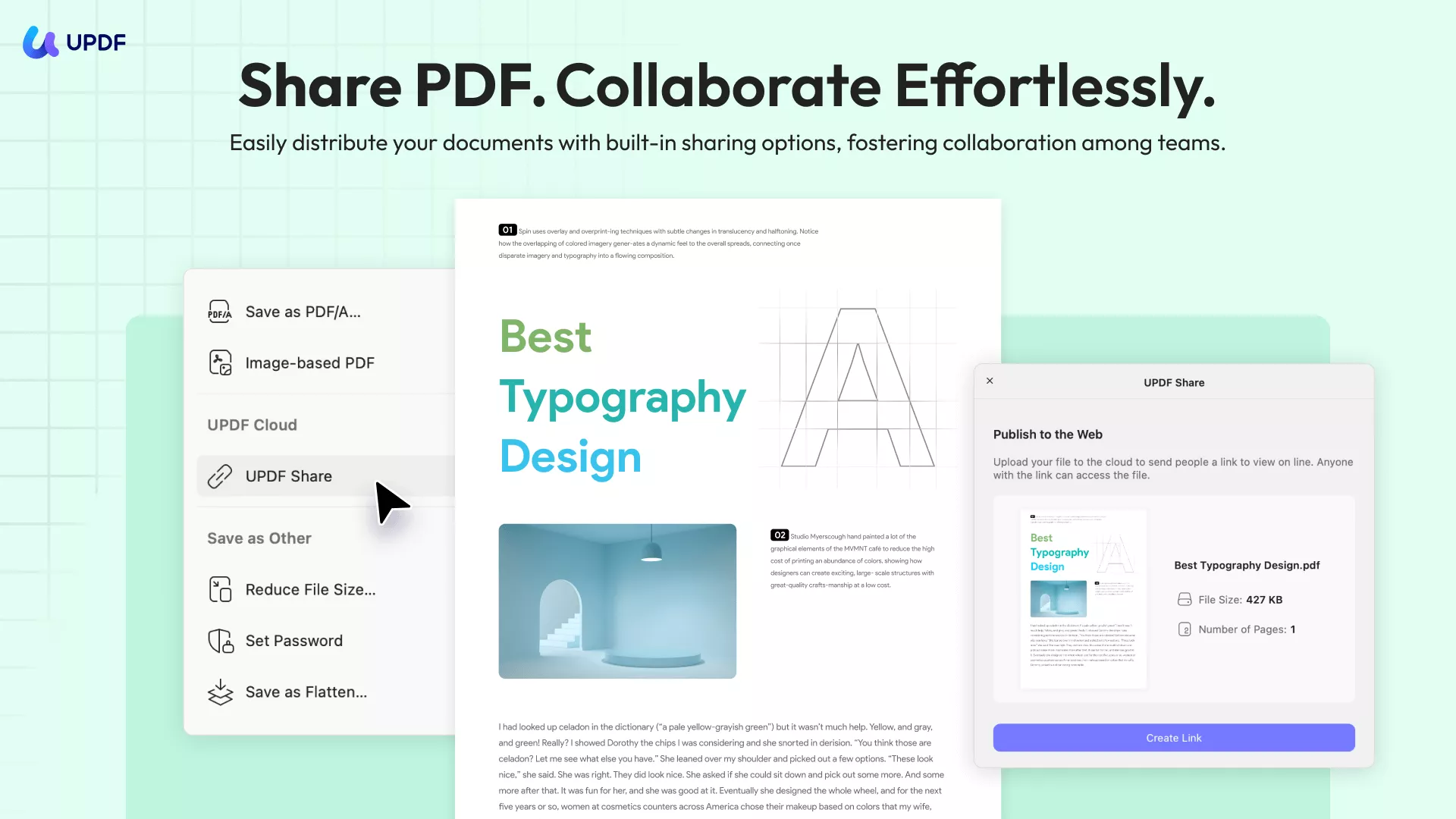
It's time to discuss a step-by-step guide on how to Insert PDF into Excel via Hyperlinks or QR codes.
Step 1: Download and Install UPDF
Head over to the UPDF website and download the software. Or you can download the software by clicking the below button. Install it on your computer/mobile by following the simple on-screen instructions. Now, launch UPDF.
Windows • macOS • iOS • Android 100% secure
Step 2: Open the PDF
Now, open drag your PDF to the UPDF interface. You can also click on the "Open File" and then choose your PDF.
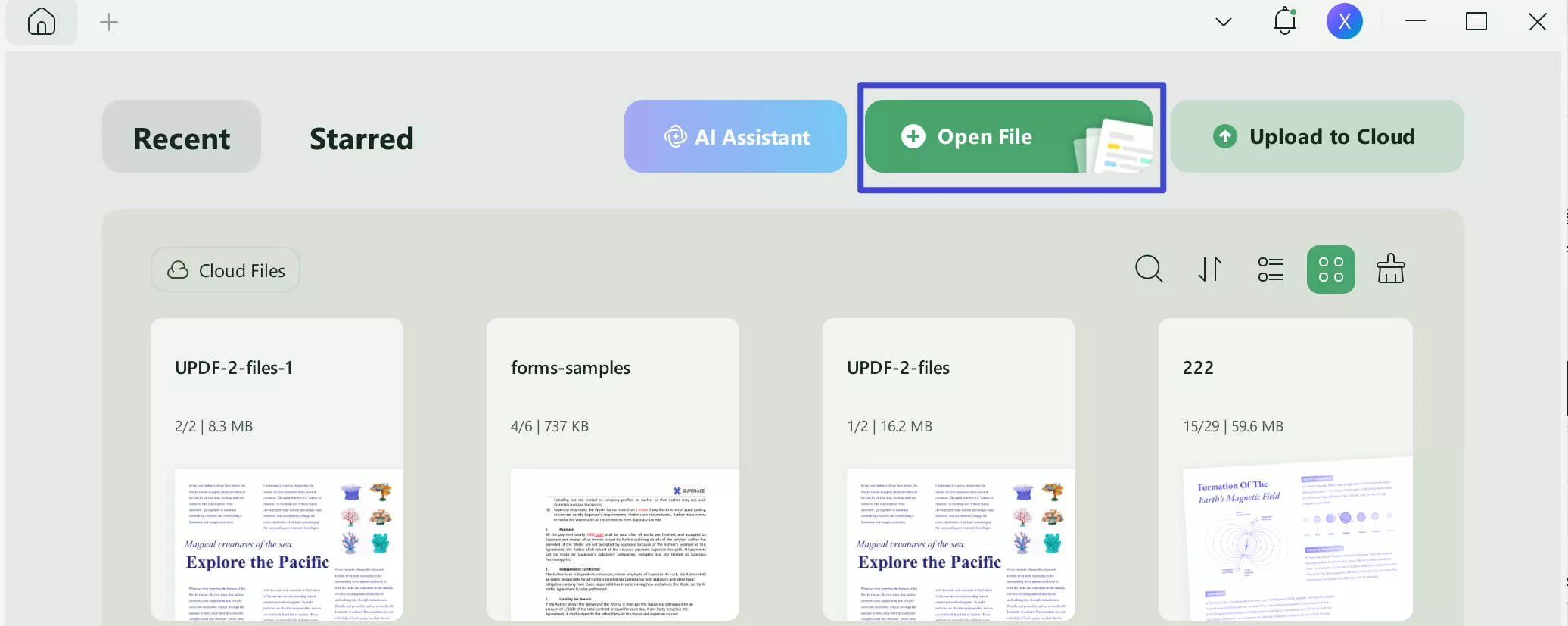
Another great part about UPDF is that it lets you change/modify PDF files before you insert them in excel. You can use the tools from the toolbar and simply edit the file as you like.
Step 3: Get Hyperlink/QR Code
On the right, you will see a toolbar with many buttons. Choose the narrow next to save and choose "UPDF Share". From there, you can get a hyperlink or a QR code.
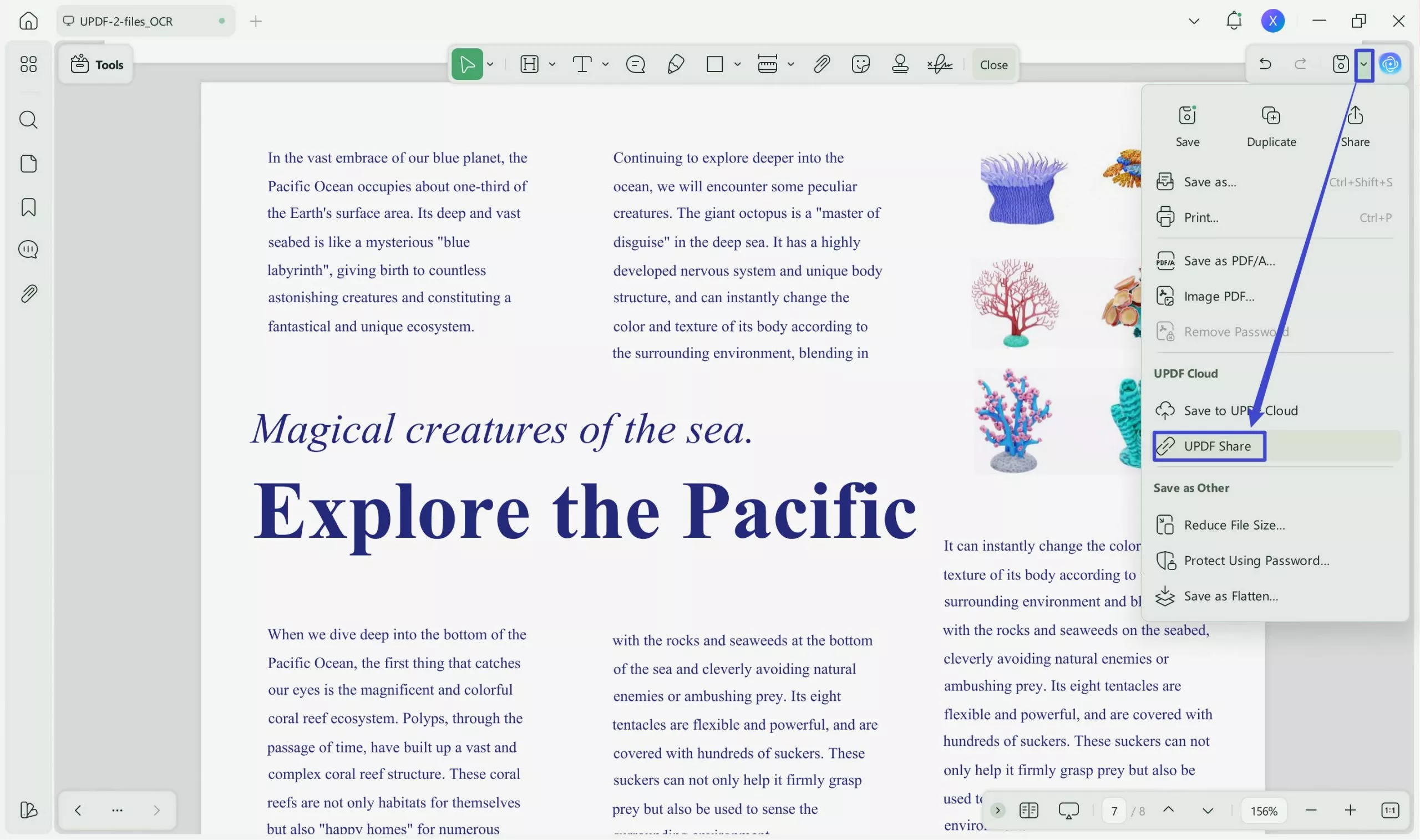
Step 4: Insert into Excel
Lastly, you can then copy the hyperlink and QR code and paste it in the excel file. It’s that simple.
You can now easily access the PDF from excel by clicking on the link/code.
Way 2. Add PDF to Excel Via Converting to Excel
One big reason UPDF is an amazing tool is that it can convert PDF files into Excel format. By using this feature, you can easily add PDF content to your Excel spreadsheets without the hassle of manual data entry.
Here's how to insert PDF file in Excel via converting to Excel:
Step 1: Launch UPDF and Load the PDF
Just download UPDF via the below link. Follow the on-screen guide to install it. After installing UPDF, launch the application. Then, click on "Open File" and select the PDF you want to insert into Excel. If you had recently opened this file on UPDF, you will then already see it on your PC’s screen.
Windows • macOS • iOS • Android 100% secure
Step 2: Convert PDF to Excel
In UPDF, click on the "Tools" tab and choose "Excel" from the list of formats.
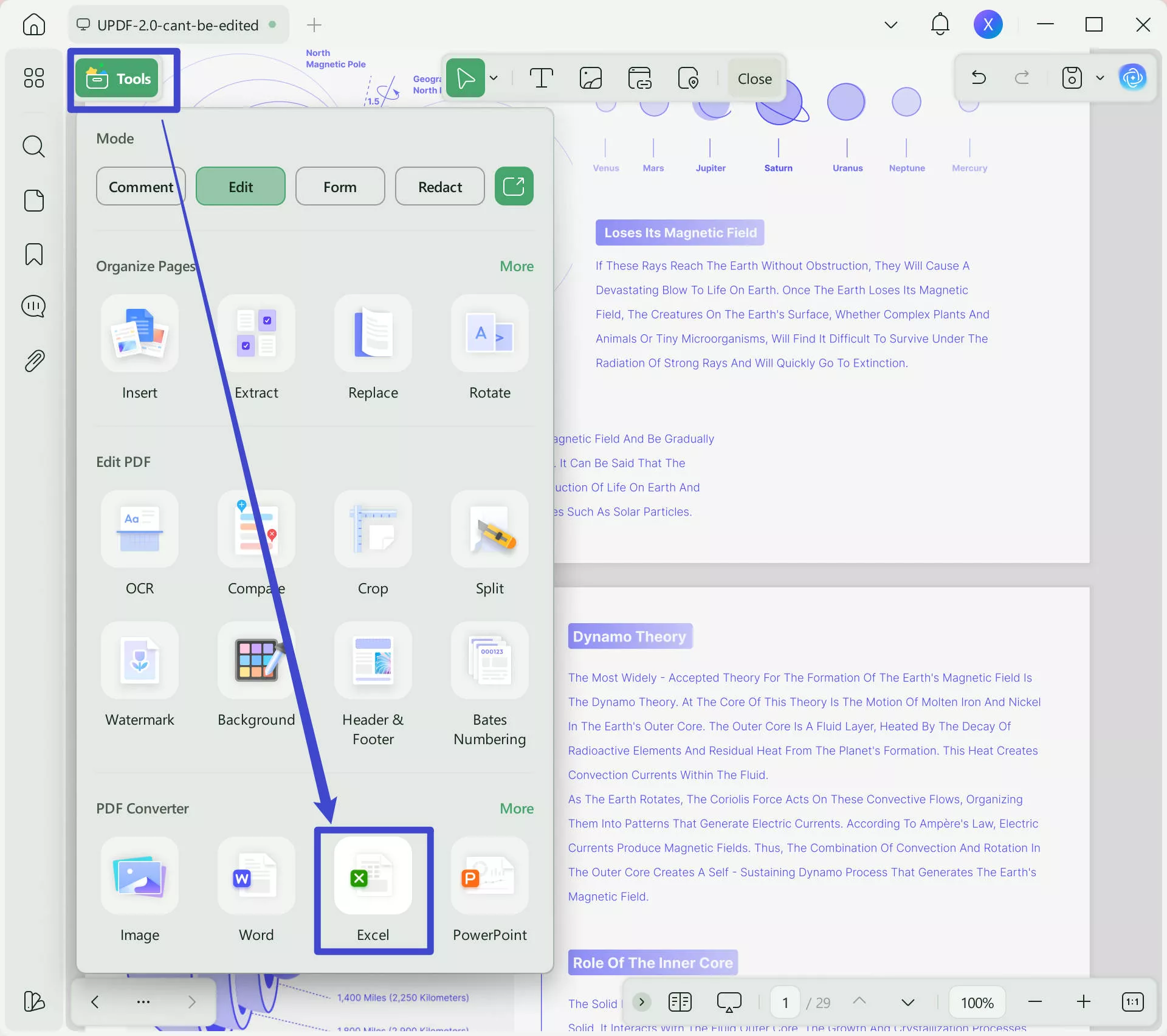
Then, click "Apply" and let UPDF work. It will convert the PDF data into an Excel-friendly format.
Step 3: Insert the Contents into Excel
With the PDF now transformed into an Excel file, you're almost there. Here’s what to do:
- Open both of your Excel spreadsheets.
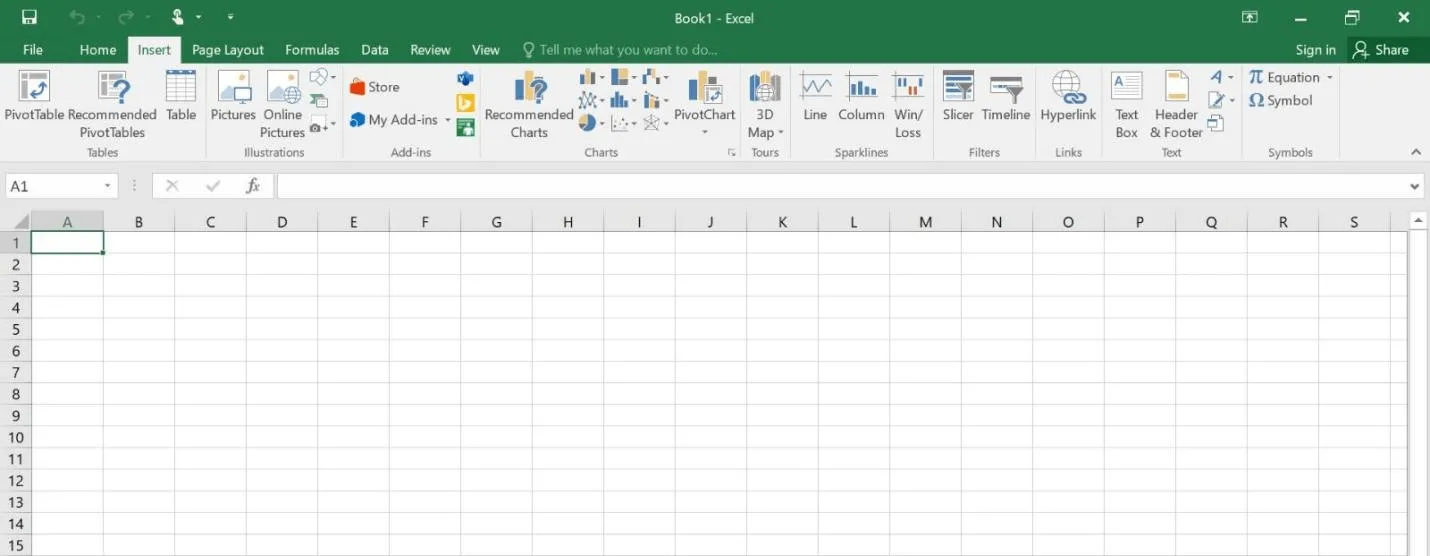
- Copy the contents from the one that you just converted from the PDF and paste them into the other excel sheet.
That’s it!
Way 3. Insert PDF to Excel Via Inserting Image
Whenever people ask "how to add PDF in Excel," we have one more answer. With UPDF's PDF-to-image feature, you can insert PDFs into your spreadsheets with ease.
Here's how to add PDF file in Excel via the "Inserting Image" method:
Step 1: Convert PDF Into Image
To convert a PDF into an image, follow these instructions:
Windows • macOS • iOS • Android 100% secure
- Once you've downloaded and installed UPDF via the above link, launch the application.
- Open PDF file.
- Look for the "Tools" option in the right toolbar. Click it.
- Choose "Image."
- Now, select the image format you prefer (such as JPEG or PNG), and click "Apply". Your PDF is now an image.
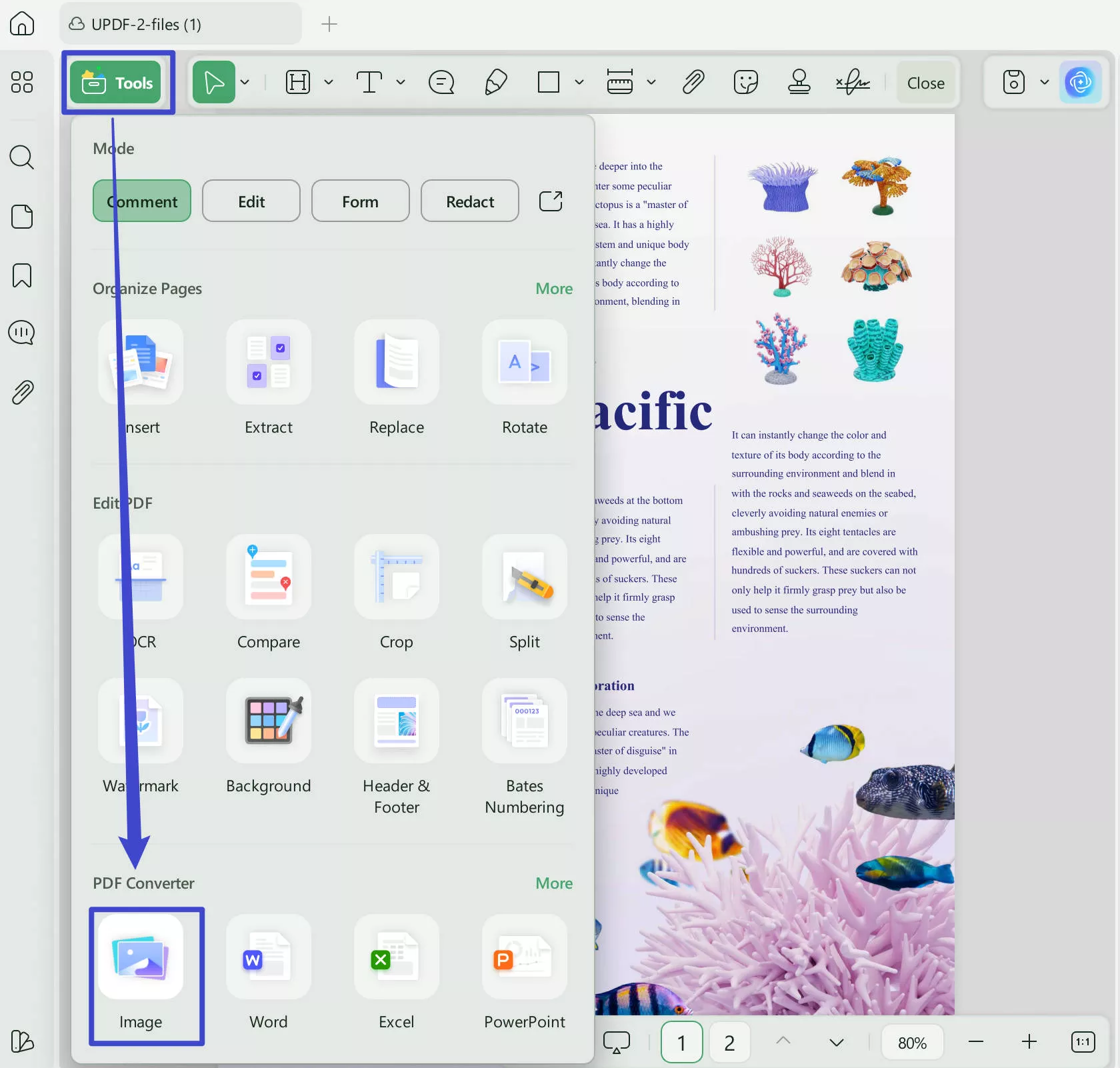
Step 2: Add the Image into Excel
After converting your PDF file into an image with UPDF, do the following steps:
- Open Excel.
- Choose the "Insert" tab and click on "Pictures."
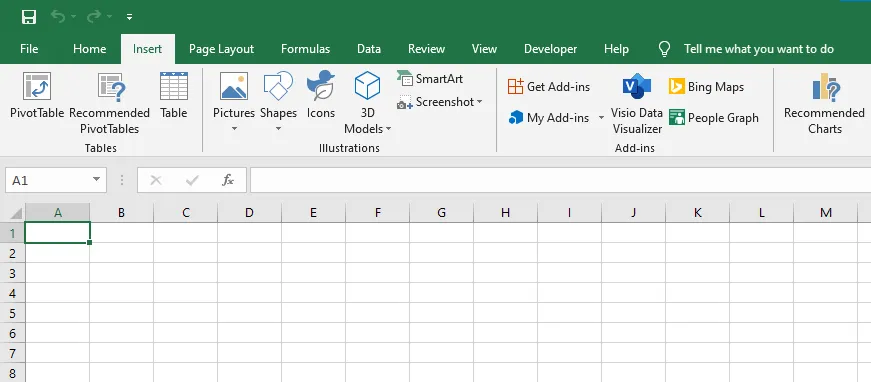
- A dialog box will appear. Find and select the image of your converted PDF, and press "Insert."
That’s it. Your PDF is now part of your Excel spreadsheet.
Except that UPDF can help you insert PDF to Excel easily, it has many other advanced features.
- You can edit PDF documents with UPDF and can even modify text, images, and other elements.
- Sometimes, due to different file formats, you cannot use it. This is when UPDF comes to the rescue. By using this software, you can easily convert various file formats, including PDF, DOC, DOCX, JPG, PNG, and more, to PDF.
- Now with the help of the Optical Character Recognition (OCR) feature of the UPDF tool, you can convert scanned documents into editable and searchable text.
- You can also organize your PDFs effortlessly by merging, splitting, reordering, or deleting pages as needed.
Long story short, UPDF gives you full control over your documents.
Way 4. Attaching PDF in Excel Via Inserting Object
Are you still finding it hard to add a PDF file to an Excel spreadsheet? Don't worry; we've got you covered with this simple method. You can easily add PDF via the "Inserting object" option.
Let's have a look at easy steps on how to add PDF in Excel via inserting an object:
- Open your Excel workbook and head over to the "Insert" tab. You'll find it up there on the top toolbar.
- Click on the "Object" button. If you do not find the "Object", you can click "Text" and you will find it there.

- When you do this, a little window will pop up (don’t cancel it). Select the "Create from File'' option. It will allow you to browse your computer and find the PDF you want to insert, select it. Once you've located it, click "OK."
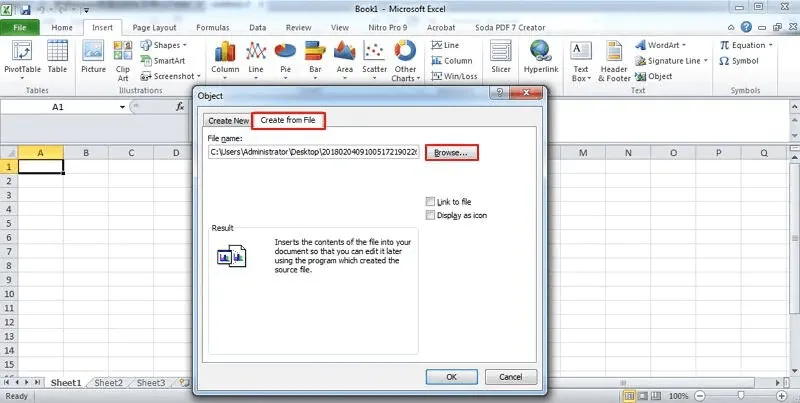
That is it. You've just added the PDF to your Excel sheet. Now, you'll see a little icon that represents your PDF document.
Remember that the inserted PDF won't become a part of your Excel cells or rows. It's like a guest visiting your sheet. You can still:
- Move it around
- Resize
- Even delete it if you want without affecting the rest of your data.
Why Can't I Insert PDF into Excel?
Sometimes, you might face trouble inserting PDFs into Excel. It can happen due to several reasons but don't worry. We are now explaining each of these reasons and how you can resolve them easily.
Damaged File
Reason: Excel fails to recognize those files that are damaged, corrupted, or not fully downloaded. It can happen due to malware, problems with downloading, opening files in unreputable third party programs, etc.
Fix: Try obtaining another copy of the document from its original source and attempt the file insertion process again.
Protected Workbook
Reason: If the workbook you're working on is password-protected or has restricted permissions, you won't be able to insert files. Excel safeguards sensitive data by limiting access to file insertion in protected workbooks.
Fix: To fix this issue; you have to remove the protection.
- Go to the "Review" tab on Excel's ribbon.
- Click on "Protect Workbook."
- Enter the password to disable protection temporarily.
File Size Limitations
Reason: Excel has a maximum file size limit it can handle. If your file exceeds this limit, you won't be able to insert it directly. Large files can slow down Excel's performance, so it enforces this restriction to ensure smooth functioning.
Fix: If your file is too large for Excel, consider compressing it using file compression tools like WinZip or 7-Zip. Reducing the file size will allow you to insert it into Excel without compromising its content.
Final Words
To sum up, you can easily insert PDF into Excel with four ways discussed in this article. People generally add PDF into excel via hyperlinks/QR code and by converting it into a spreadsheet. You can also insert a PDF in the image form or with the "Insert Object" feature.
If you want to do all of these things without any hassle, you should download UPDF. Thanks to its user-friendly interface, inserting PDF files has become easier than ever before. It offers different methods to help you inert PDF into Excel. Moreover, you can use it to edit PDF, convert PDF, compress PDF, summarize PDF and more. So, download UPDF via the below button and insert as many PDF files in your Excel sheets as you want now.
Windows • macOS • iOS • Android 100% secure
 UPDF
UPDF
 UPDF for Windows
UPDF for Windows UPDF for Mac
UPDF for Mac UPDF for iPhone/iPad
UPDF for iPhone/iPad UPDF for Android
UPDF for Android UPDF AI Online
UPDF AI Online UPDF Sign
UPDF Sign Edit PDF
Edit PDF Annotate PDF
Annotate PDF Create PDF
Create PDF PDF Form
PDF Form Edit links
Edit links Convert PDF
Convert PDF OCR
OCR PDF to Word
PDF to Word PDF to Image
PDF to Image PDF to Excel
PDF to Excel Organize PDF
Organize PDF Merge PDF
Merge PDF Split PDF
Split PDF Crop PDF
Crop PDF Rotate PDF
Rotate PDF Protect PDF
Protect PDF Sign PDF
Sign PDF Redact PDF
Redact PDF Sanitize PDF
Sanitize PDF Remove Security
Remove Security Read PDF
Read PDF UPDF Cloud
UPDF Cloud Compress PDF
Compress PDF Print PDF
Print PDF Batch Process
Batch Process About UPDF AI
About UPDF AI UPDF AI Solutions
UPDF AI Solutions AI User Guide
AI User Guide FAQ about UPDF AI
FAQ about UPDF AI Summarize PDF
Summarize PDF Translate PDF
Translate PDF Chat with PDF
Chat with PDF Chat with AI
Chat with AI Chat with image
Chat with image PDF to Mind Map
PDF to Mind Map Explain PDF
Explain PDF Scholar Research
Scholar Research Paper Search
Paper Search AI Proofreader
AI Proofreader AI Writer
AI Writer AI Homework Helper
AI Homework Helper AI Quiz Generator
AI Quiz Generator AI Math Solver
AI Math Solver PDF to Word
PDF to Word PDF to Excel
PDF to Excel PDF to PowerPoint
PDF to PowerPoint User Guide
User Guide UPDF Tricks
UPDF Tricks FAQs
FAQs UPDF Reviews
UPDF Reviews Download Center
Download Center Blog
Blog Newsroom
Newsroom Tech Spec
Tech Spec Updates
Updates UPDF vs. Adobe Acrobat
UPDF vs. Adobe Acrobat UPDF vs. Foxit
UPDF vs. Foxit UPDF vs. PDF Expert
UPDF vs. PDF Expert


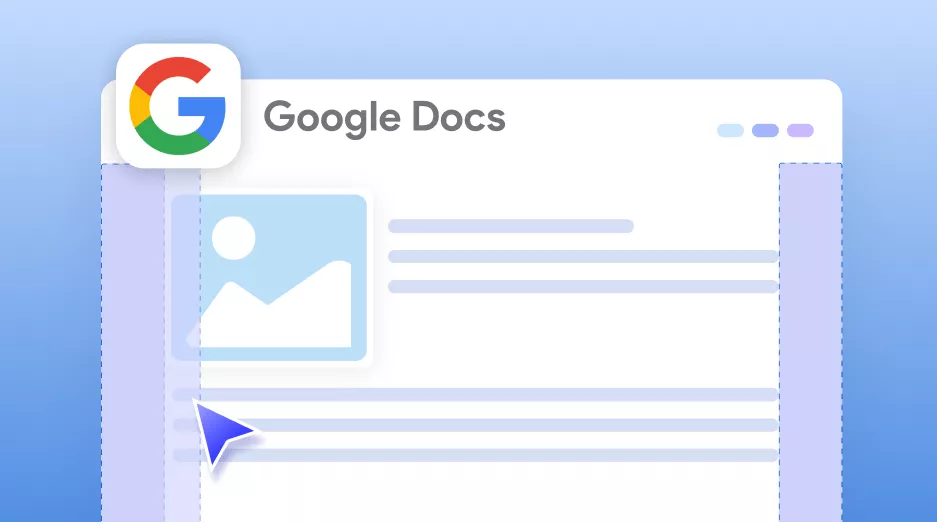
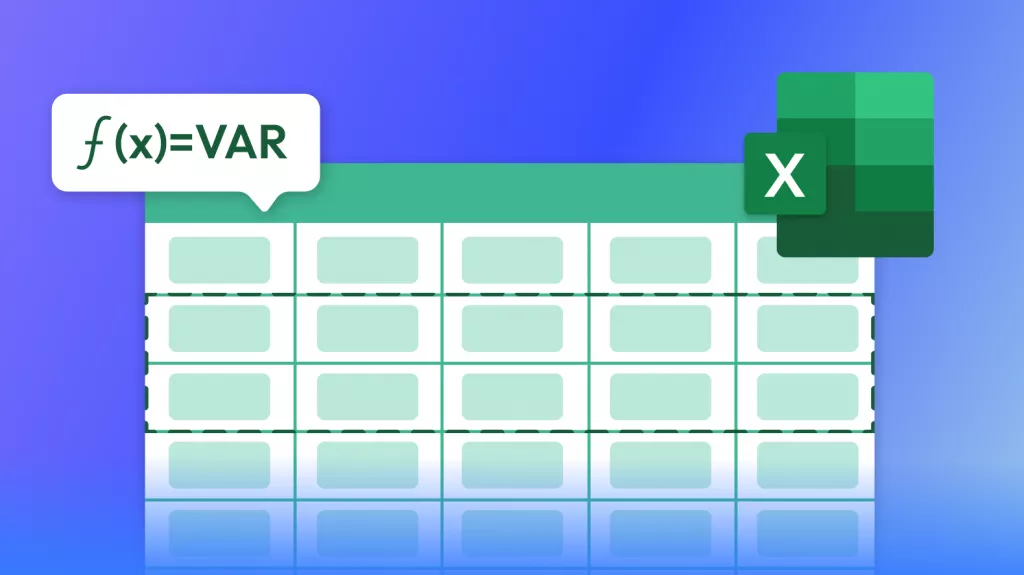
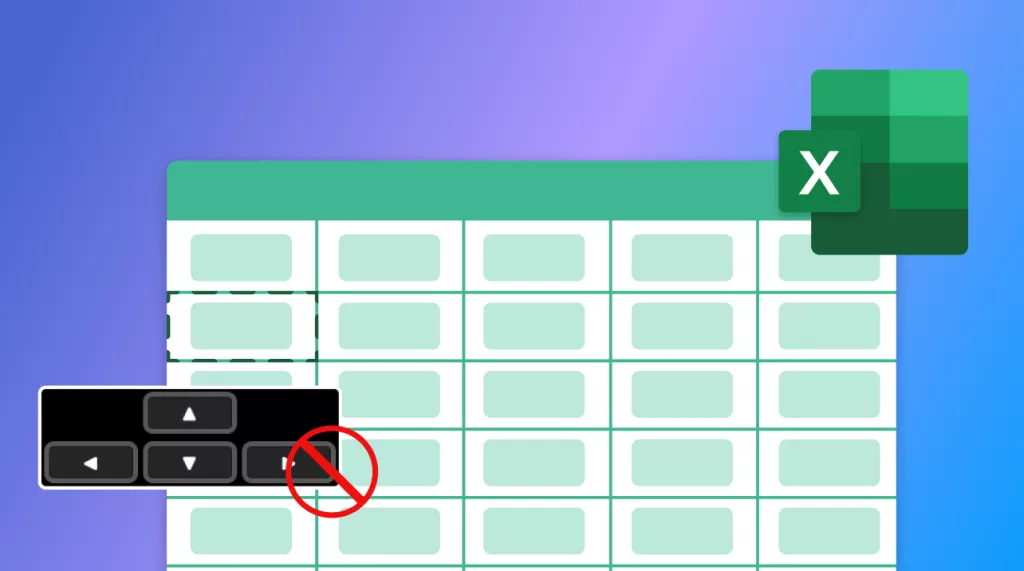

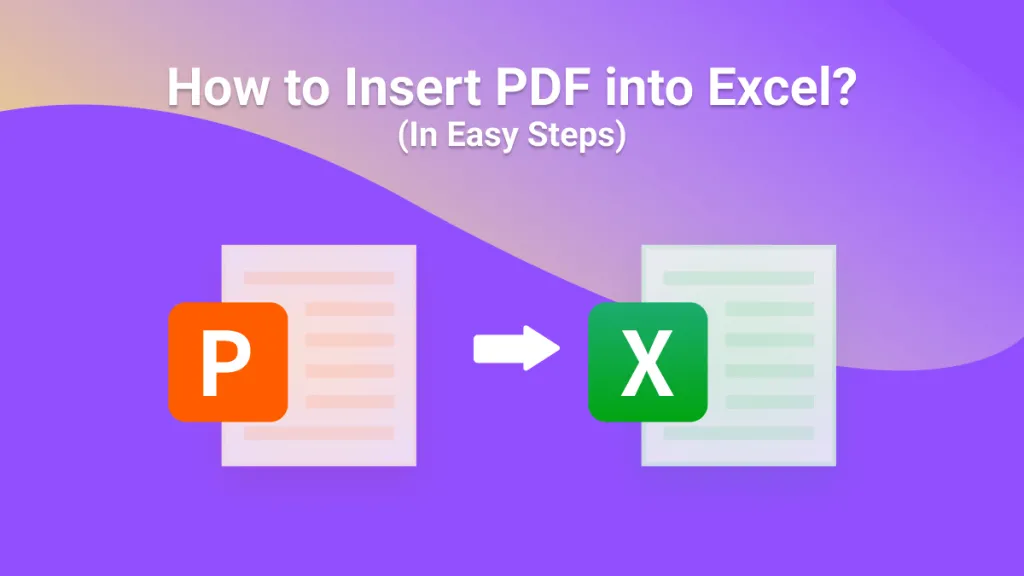

 Enid Brown
Enid Brown 
 Engelbert White
Engelbert White 